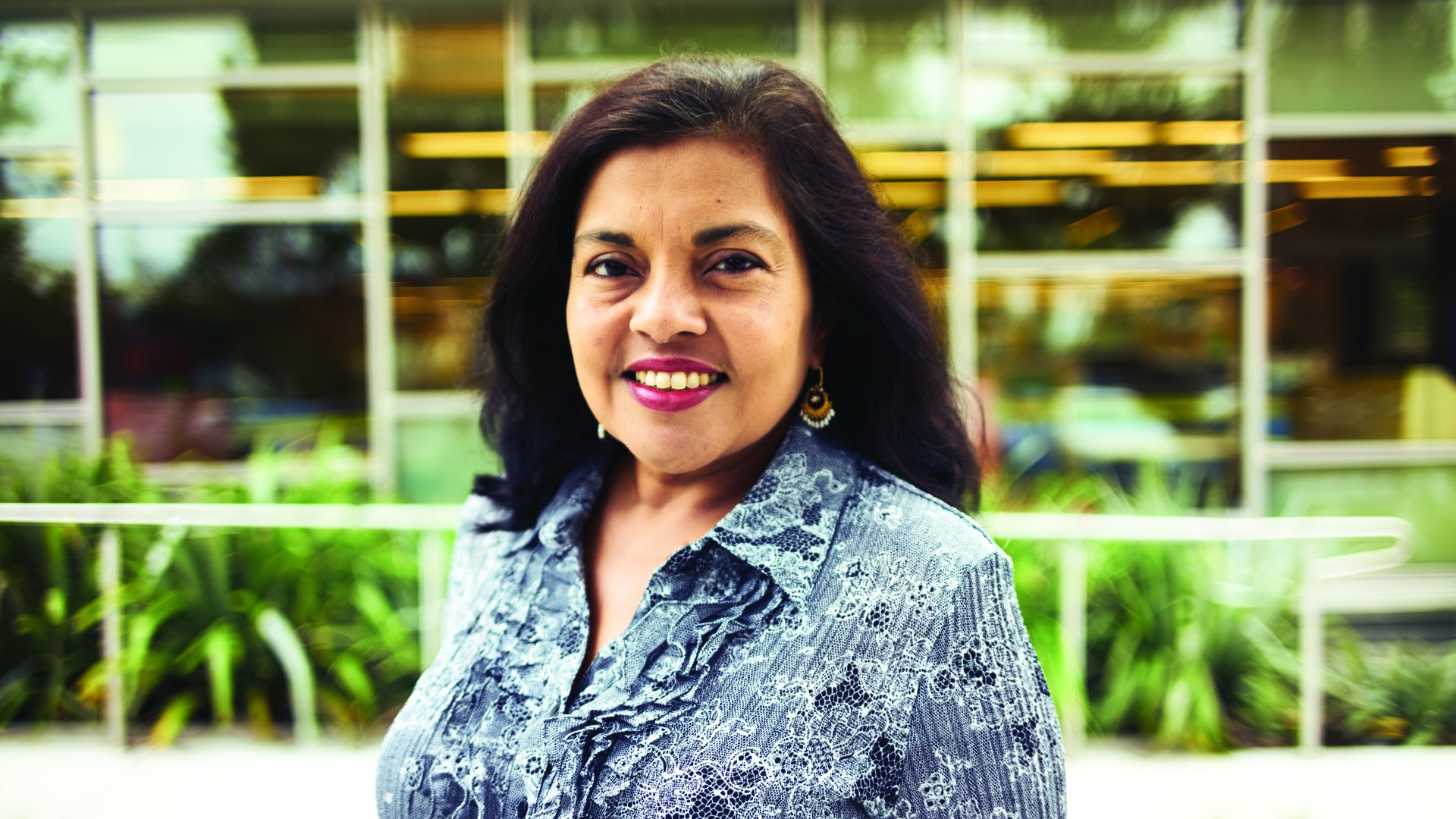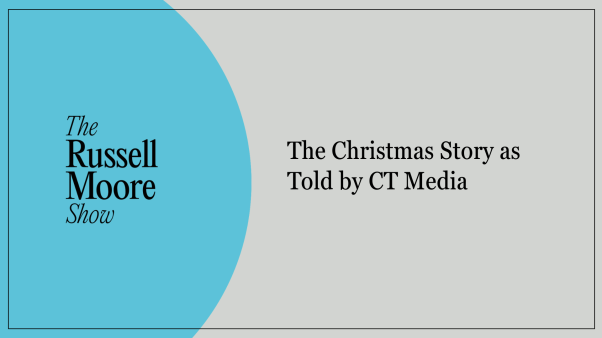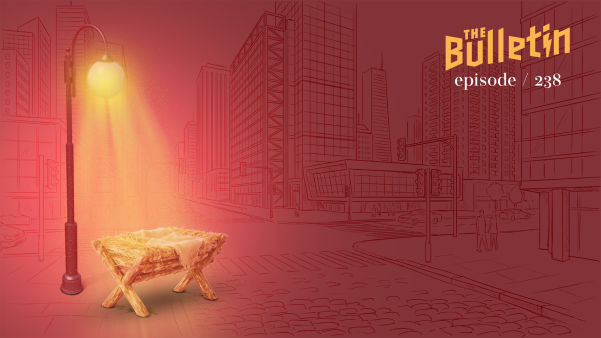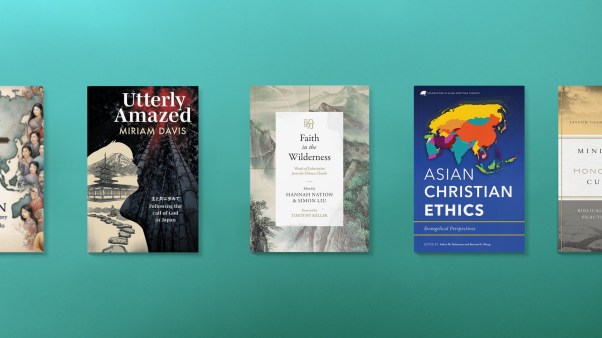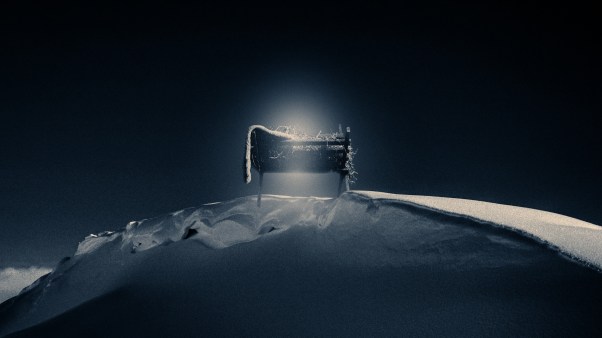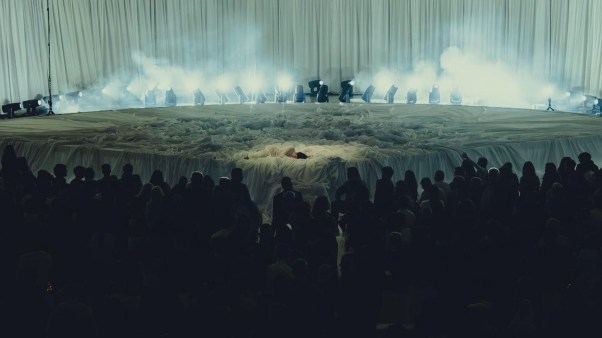I was raised in a Hindu home, where Dad taught his children that God was a divine spirit of love. Dad’s job as an engineer took us from port to port, so that by the time I was 11, we had lived in India, England, Ghana, Cameroon, Mexico, and the United States. No matter where we were posted, Dad led us in a daily practice of gratitude to God.
I believed in this good God until high school, when a friend was killed in a car accident involving a drunk driver. Clayton’s death opened my adolescent eyes to a world of suffering. What kind of God would allow this and then, according to Hinduism, reincarnate us into a painful world? I grieved for my friend and put my questions—and God—aside for the rest of high school.
College, however, engaged me in different philosophies and world religions. The first assignment in my humanities course was to read the Book of Genesis. I was eager to read the Christian Holy Book for the first time, especially because the few Christians living in my dorm seemed caring and smart.
But the Bible reading left me scratching my head: naked people, fruit trees, a serpent, and a God who spoke, strolled in a garden, and seemed as passionate as the humans he created? Did my friends really believe this stuff? The campus bookstore offered partial refunds for 10 days. I returned the Bible, certain I’d never open it again.
What I didn’t realize is that I’d been preparing to read it for years. No matter where our family lived, Dad made sure I had access to public libraries. In retrospect, most of the fiction I loved was penned by authors who were deeply informed by Christianity. Louisa May Alcott wove John Bunyan’s Pilgrim’s Progress into Little Women. Johanna Spyri’s Heidi described God’s forgiveness through the Parable of the Prodigal Son. In The Secret Garden, Frances Hodgson Burnett perhaps subconsciously provided a metaphorical glimpse of the Trinity—Father (Susan Sowerby), Son (Dickon), and Holy Spirit (the robin). And of course, C. S. Lewis’s Aslan leapt into my mind and heart. For years, these spiritual mothers and fathers had been teaching me about the Bible. I just didn’t realize it.
'You Must Choose'
During winter quarter of my junior year, I decided to study in Vienna, Austria. But while the other students in the program got acquainted during our travel time, I kept to myself. They had so much in common: they were white and born in America; I was a dark-skinned immigrant from India. Trying to forget my “otherness,” I pulled out a book: Mere Christianity, given by a friend from my dorm. I had accepted it eagerly only because Lewis was a trusted name. My dorm buddy had also given me a New Testament. I’d brought it along, not wanting to be rude, but I doubted I’d venture again into the “American Holy Book.”
Vienna’s friendliness soon drew me out of my shell. A postal worker came from behind the counter to re-tie my scarf. Bakers stuffed free cookies into my bag. Classmates ignored my nonverbal cues and kept inviting me to concerts, museums, and films. Mornings were full of classes in art history, German, and music, but in the afternoons I would squeeze in a few lonely rambles. When the snowfall grew heavy, I ducked into cathedrals. Stained glass glowed in soft patterns of mustard, saffron, indigo, and coral. Arches and vaults soared so high I could hardly see where they intersected. Always, the twisted, half-naked figure on the cross at the front shone as if he were sweating.
Most of the art that caught my eye, whether in cathedrals or museums, seemed to be about Jesus. Almost every conversation, in English or in my broken German, came to circle around his teaching, and most of the books I was reading either disputed or supported his claims. Meanwhile, in Mere Christianity, my old friend Clive was making a compelling case for faith.
During midwinter break, a few students invited me to join them in Russia, and I agreed. Maybe I would regain some perspective in the famously atheistic country. The Russian tour led us through prisons, cemeteries, and churches with histories of massacres and torture, where ancient icons displayed the Crucifixion. I felt overwhelmed by evil. How could God—if God existed—leave humanity alone to endure so much?
One afternoon, we headed to the Hermitage, the world-renowned museum in St. Petersburg. The regular English-speaking guide was ill, so a higher-up museum official was assigned to take us from room to room. Again, many of the paintings depicted Jesus’ life, death, and resurrection. I stood at the edge of the group, questions racing through my mind.
As our group was about to leave, the museum official pulled me aside. “What are you thinking about so deeply?” he asked in a low voice.
I was surprised into telling the truth. “A loving God. Human suffering. How can both exist?”
“You are at an intersection of choice,” he said. “Either you decide that Jesus is the Son of God, or you turn your back on him forever. You must choose.”
I felt a shiver that had nothing to do with the icy Russian winter. Was there nowhere to go without confronting the man on the cross?
Blood Like His
When we returned to Vienna, I decided to go to the original source of his story: the New Testament. Soon, I was encountering a Jew with olive-colored skin, black hair, and dark eyes. This Middle Eastern man healed foreign women; he knew what it was to feel lonely and rejected. Oddly, his life and words seemed familiar, as if I had read these Gospels before. When Jesus said, “Let the children come to me,” I started to realize that most of my beloved stories had illuminated the life of this man.
Or was he a man? In the Gospels, he was enraging religious and political leaders by claiming a divine identity.
They killed him.
He let them.
I was stunned.
If he was telling the truth, then this was God submitting to the four enemies of humanity—pain, grief, evil, and death—in order to destroy them all. The Cross, then, was where a loving God and the suffering of humanity could finally be reconciled.
I hadn’t anticipated the mystery of baptism—I went into the water spiritually blind and emerged with a new power to see.
One snowy evening in Vienna, I made my decision. I would follow Jesus as God—but would keep it to myself. I would quietly try to do what he did and said. He could be my guru. I wrote to my friend to thank him for the New Testament and shared my decision to follow Jesus.
When I returned to California, the news had leaked. The InterVarsity Christian Fellowship students invited me to join other new Christians who would be baptized in a fountain on campus. At first it seemed an unnecessary public display, but my guru had done it, so I said yes.
I hadn’t anticipated the mystery of baptism—I went into the water spiritually blind and emerged with a new power to see. I wanted to tell everyone about the reconciliation of the cross. Like the robin who led Mary into the secret garden, the Holy Spirit led me into the Bible with fresh eyes. Even Genesis now sparkled with the love of Jesus.
Bit by bit, I also fell in love with the church, and ended up married to a Presbyterian pastor—like L. M. Montgomery (Anne of Green Gables) and Katherine Paterson (Bridge to Terabithia). Now I, too, write stories for young people, although the vocation has changed dramatically since the days when my spiritual parents were writing. My own fictional niche is to represent and champion the marginalized child.
In the American church, I still sometimes feel like an outsider. But I have worshiped with Christians of many cultures and identities, and know from the Bible that the global church belongs to one person: Jesus of Nazareth, my Jewish guru, the author of faith, the defender of the outcast, the healer of the brokenhearted. All blood is the same color: red, like his, spilling lavishly from the cross at the perfect intersection of human suffering and divine love.
Mitali Perkins writes novels for young readers, including Rickshaw Girl (one of New York Public Library’s 100 best children’s books in 100 years). Her newest is Tiger Boy.

